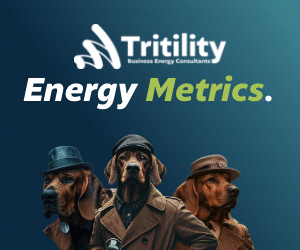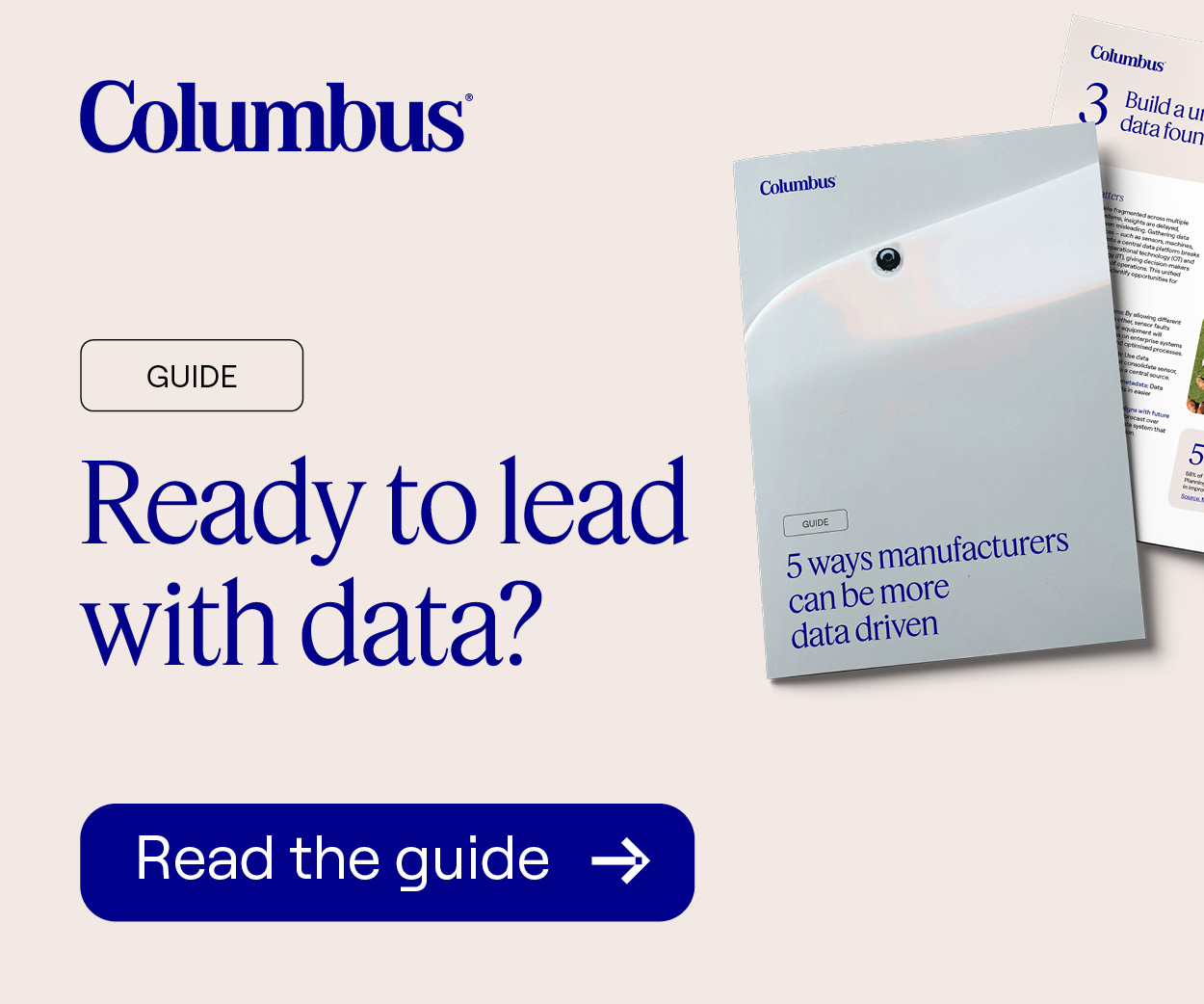From tax rises at home to tariffs abroad, there’s no denying manufacturers are facing a lot of challenges right now. But the long-term outlook is more promising: the industrial sector is forecast to reach US$68.8bn globally by 2030, growing at a CAGR of 8.2%.
In turn, this is projected to drive growth for industrial services and discrete manufacturers, especially for digital and connected solutions like automation, internet of things (IoT) and artificial intelligence (AI).
Whether you want to attract new customers during a surge or highlight your value during a slump, marketing is one of the best vehicles for growth. Yet manufacturing companies cut marketing budgets by almost 2% of total revenue between 2023 and 2024. As a result, only around 25% of marketing professionals say they had a sufficient budget to actually execute their strategy.
Industrial marketers need to be able to do more with less, as well as communicate their value to leadership and sales teams to protect their remaining budget. But that is difficult to do with only fragmented data to evidence return on investment (ROI) or – even more difficult – return on ad spend (ROAS). This will require a new approach that is far more multi-dimensional in its consideration and delivery.
The question is, what does that new marketing approach look like and how should it be implemented for maximum impact?
Develop a strategy for growth
The Marketing for Industry framework is a simple, yet all-encompassing approach that enables in-house marketing teams to develop a strategy for growth. It also helps marketers communicate how their plan and tactics support business objectives like leads, reach and growth to non-marketing colleagues.
The framework emphasises the critical intersection of data, brand, and people. Practical application of this framework has resulted in our clients having:
- A method of checking the health of marketing plans and tactics through any market challenges.
- A way to organise tactical plans to ensure broad reach and maximum impact.
- A foundation upon which to build better connections between marketing and other internal business functions and teams.
- A consistent and effective way of monitoring activity and results.
Nine principles for a winning approach
The Marketing for Industry framework is comprised of nine principles, which make up three distinct pillars:
Strategic pillar – focus on alignment with business goals, driving long-term brand value and stand-out:
- Holistic: your marketing shouldn’t be piecemeal – the odd product launch and an occasional social post from an annual trade show won’t cut it in 2025!
- Creative: your audience is changing, they’re increasingly expecting a more B2C creative experience and they want to choose brands that are brave and stand-out.
- Brand-led: straight-forward as it might seem, not all industrial brands are great at consistently communicating a compelling vision and message that resonates with the target audience across all communications touch points.
Data-Informed pillar – focus on harnessing data to drive decisions and improved data visibility:
- Beyond leads: marketing must consider not only the demand funnel but also how to nurture the relationship with customers post-sale.
- Effective: there must be an ability to track marketing activity effectiveness and show results in a simple dashboard that pulls data from a variety of sources (website / CRM / marketing automation platform / online advertising tools).
- Insight-led: From that overall data picture, marketing should be making decisions about next actions based on the insights being surfaced. LinkedIn advertising not working? Change it.
Customer-centric pillar – focus on deep understanding of customers, to foster trust, loyalty, connection and advocacy:
- Specialised: Generic, one-size fits all marketing doesn’t cut it in 2025. Not only do you need to consider multiple industry applications of your product or service, but you also need to consider specialised communications for the various stakeholders in the purchase process (procurement / IT / Operations) and their specific priorities.
- Human-centred: all too often, products, features and benefits become the focus point of marketing activity – text-heavy manuals designed for engineers to pore over. But modern industrial marketing finds the human stories behind the products and platforms them. After all, people buy from people.
- Evangelising: your customers can be a highly effective marketing tool for you, if they feel connected to your brand and are encouraged to communicate the virtues of your solution to other people in their own networks. But are you leveraging this community?
By integrating these principles into every stage of marketing planning and execution, industrial marketers can craft strategies that drive sales and build brand value. It is an essential framework for organisations who want to build a resilient, innovative brand ready to thrive in a dynamic global market.
To find out more about the Marketing for Industry framework, see Coda CEO Jen Swain speaking on this topic at Smart Manufacturing Expo on 4th June 11am in the Strategy & Leaders area, she’s joined by Darrell Taylor from Teledyne. Or find Coda at stand 5/G106.
Or get in touch with Coda – www.codacomms.com or call +44 (0) 1202 721169.
 Jen Swain, CEO, Coda, Marketing for Industry
Jen Swain, CEO, Coda, Marketing for Industry
Jen Swain is an accomplished business leader with 20 years of experience in B2B marketing, creative, and software agencies. As CEO of Coda, the UK’s fastest-growing industrial marketing agency, she helps global scientific, technical, manufacturing, and industrial IoT businesses thrive.
Jen has worked with brands like BMW, Coca-Cola Europacific Partners, and global emissions monitoring solution provider, ENVEA. Under her leadership, Coda has developed Marketing for Industry, a unique framework for driving industrial marketing success.
Email: jen@codacomms.com
For more articles like this, visit our Digital Transformation channel.





